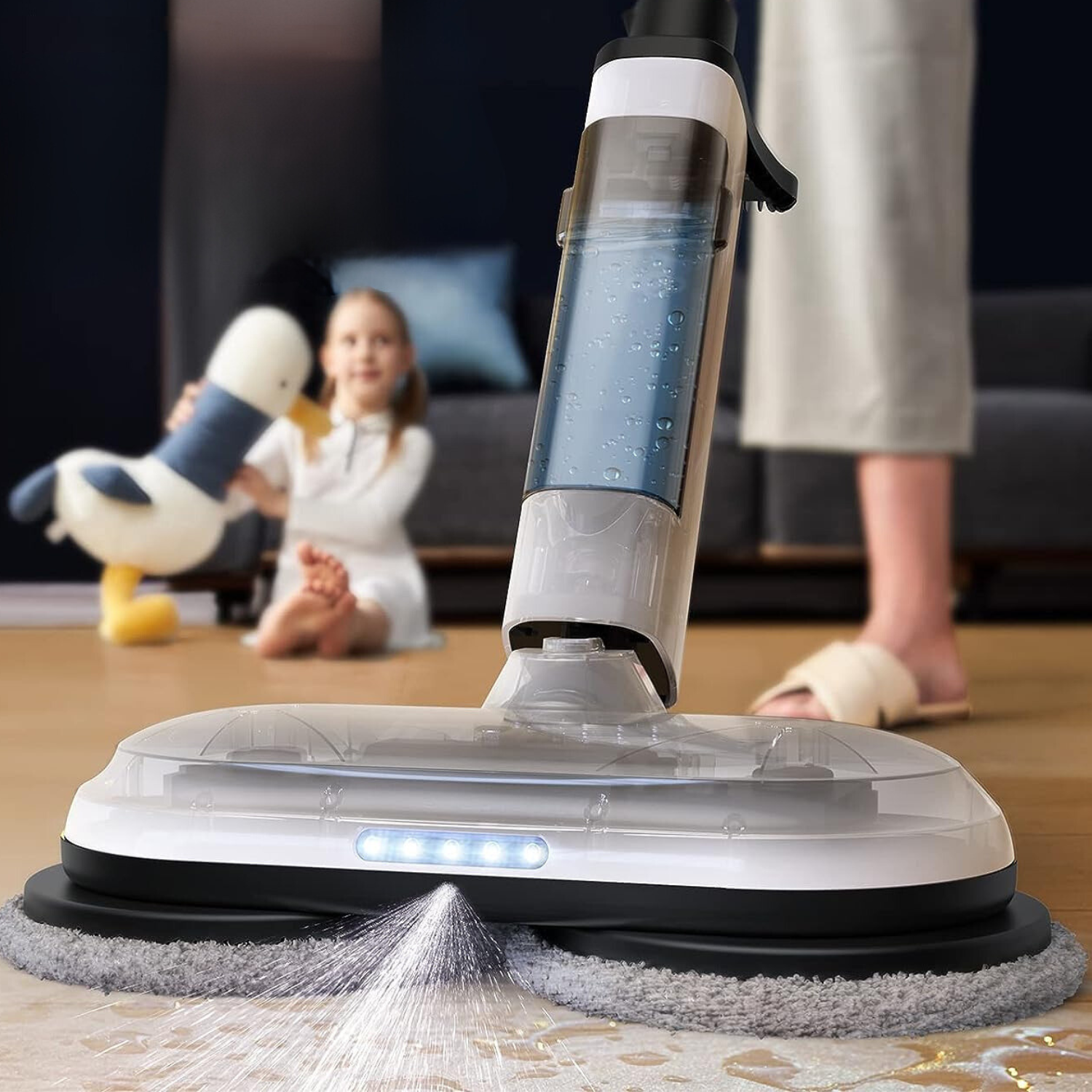Understanding Grow Lights: An Introduction to Indoor Plant Growing
The Basics of Grow Light Technology
Grow lights are artificial light sources. They simulate sunlight to promote plant growth. Indoor gardens use them to replace natural daylight. Photosynthesis happens when plants use light to make food. Grow lights offer a range of light waves for this process. These waves include blue and red spectrums. Blue light aids in vegetative growth. Red light helps with flowering and fruiting. Grow lights use different tech like LEDs and fluorescents. LEDs are energy-efficient and long-lasting. Fluorescents are common and cost-effective. Knowing how these lights work is key for indoor gardens.

Advantages of Hydroponic Gardening Indoors
Hydroponic gardening inside has many perks. It lets plant growers control the environment. This means plants can grow year-round. No soil reduces pests and diseases, too. Nutrients go straight to plant roots. Water use drops significantly compared to traditional methods. Space is used more efficiently, allowing for more growth in less space. Finally, it's perfect for city living where outdoor space is scarce. Indoor hydroponic gardening with grow lights can be the future of urban farming.
Choosing the Right Grow Light for Your Hydroponic Setup
Factors to Consider When Selecting a Grow Light
When choosing a grow light for your hydroponic garden, consider these factors:
- Light Spectrum: Plants have different needs at various growth stages. Look for a light that offers a full spectrum or one that you can adjust to meet the changing needs of your plants.
- Intensity: Stronger light promotes growth, but too much can damage plants. Consider the intensity and how it can be controlled or modified in your setup.
- Energy Efficiency: LED lights are often preferred for their lower energy use. Compare energy consumption to find a cost-effective and eco-friendly option.
- Coverage Area: Match the light's coverage to the size of your indoor garden. Make sure the light can reach all plants evenly.
- Durability and Quality: Invest in a quality light to avoid frequent replacements. Look for durable materials and a good warranty.
- Budget: Weigh the upfront cost against long-term benefits and operating costs. A cheap light might cost more over time due to lower efficiency and shorter lifespan.
- Heat Output: Some lights generate heat that can affect plant growth and require additional cooling in your garden. Opt for lights with low heat output.
Selecting the right grow light involves balancing these factors to find the best fit for your garden's needs.
The Best Types of Grow Lights for Indoor Hydroponic Gardens
When setting up an indoor hydroponic garden, it’s crucial to pick the right grow lights. Here are the top options:
- Fluorescent Lights: Cost-effective and great for beginners.
- LEDs (Light Emitting Diodes): Energy-efficient, with a long life-span.
- High-Intensity Discharge (HID) Lights: Powerful, but can produce heat.
- Ceramic Metal Halide (CMH) and Light Emitting Ceramic (LEC): Full-spectrum; mimic sunlight.
Choose based on your plants' needs, space, and budget for optimal growth.
Best Practices for Grow Light Usage in Hydroponic Gardens
Setting Up Your Grow Light for Maximum Effectiveness
Achieving the full potential of your hydroponic garden relies heavily on the effective setup of your grow lights. Here are some key steps to ensure that your grow lights are positioned and configured to maximize plant growth:
- Height Adjustment: Keep lights at the ideal distance above plants. This varies depending on the light type and plant species, but a general rule is to start with 20-30 inches above the canopy and adjust as your plants grow.
- Light Timing: Use a timer to mimic natural light cycles. Most plants thrive on 14-16 hours of light per day, with a rest period that mimics night.
- Coverage Area: Ensure your grow light covers the entire growing area evenly. Plants at the edges should receive as much light as those in the center.
- Reflection: Use reflective materials on walls or around the light area to reduce waste and direct more light towards your plants.
By taking these steps, you can provide your hydroponic plants with the quantity and quality of light they need for optimal growth and yield.
Tips for Maintaining and Operating Your Grow Light
Keeping your grow light in top shape ensures healthy plants. Follow these tips:
- Regular Cleaning: Wipe lights gently to remove dust and grime. This boosts light output.
- Check Timers: Ensure timers match plant growth stages. Adjust as needed.
- Inspect for Damage: Look for signs like flickering or dimming, which suggest repairs.
- Ventilation: Keep air moving around lights to prevent overheating.
- Rotate Plants: Shift plants regularly for even light exposure.
- Update Bulbs: Change bulbs as suggested by the maker to maintain brightness.
- Avoid Water: Keep lights dry to stop short circuits.
- Learn from Plants: Watch for leaf burn or weak growth and adjust light height.
Use these tips for a successful indoor hydroponic garden.
Troubleshooting Common Issues with Grow Lights in Hydroponic Gardens
When using grow lights in hydroponic gardens, issues can arise. To troubleshoot, follow these tips:
- Check for electrical issues like loose connections.
- Look for signs of light burn on plants and adjust the height or duration of the grow light.
- Monitor plants for uneven growth and rotate them regularly for uniform light exposure.
- Replace bulbs or LEDs when their light output decreases.
- Ensure proper ventilation around lights to prevent overheating.
Following these steps can help keep your indoor garden thriving.


Leave a comment
This site is protected by reCAPTCHA and the Google Privacy Policy and Terms of Service apply.